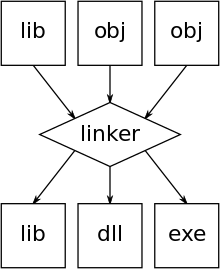La programación o codificación de computadoras es la composición de secuencias de instrucciones, llamadas programas , que las computadoras pueden seguir para realizar tareas. Implica diseñar e implementar algoritmos , especificaciones de procedimientos paso a paso, mediante la escritura de código en uno o más lenguajes de programación . Los programadores suelen utilizar lenguajes de programación de alto nivel que son más fácilmente inteligibles para los humanos que el código de máquina , que es ejecutado directamente por la unidad central de procesamiento . La programación competente generalmente requiere experiencia en varios temas diferentes, incluido el conocimiento del dominio de la aplicación , detalles de los lenguajes de programación y bibliotecas de códigos genéricos , algoritmos especializados y lógica formal .
Las tareas auxiliares que acompañan y están relacionadas con la programación incluyen el análisis de requisitos , pruebas , depuración (investigación y solución de problemas), implementación de sistemas de compilación y gestión de artefactos derivados , como el código de máquina de los programas . Si bien a veces se los considera programación, a menudo el término desarrollo de software se utiliza para este proceso general más amplio, con los términos programación , implementación y codificación reservados para la escritura y edición de código per se. En ocasiones, el desarrollo de software se conoce como ingeniería de software , especialmente cuando emplea métodos formales o sigue un proceso de diseño de ingeniería . ( Articulo completo... )
decltypetypeofdecltypesizeofdecltype


MOVE x TO y, which was designed to be self-documenting and highly readable. However, it is verbose and uses over 300 reserved words. This contrasts with the succinct and mathematically inspired syntax of other languages (in this case, y = x;). (Full article...).jpg/440px-Used_Punchcard_(5151286161).jpg)


Los siguientes proyectos hermanos de la Fundación Wikimedia brindan más información sobre este tema: